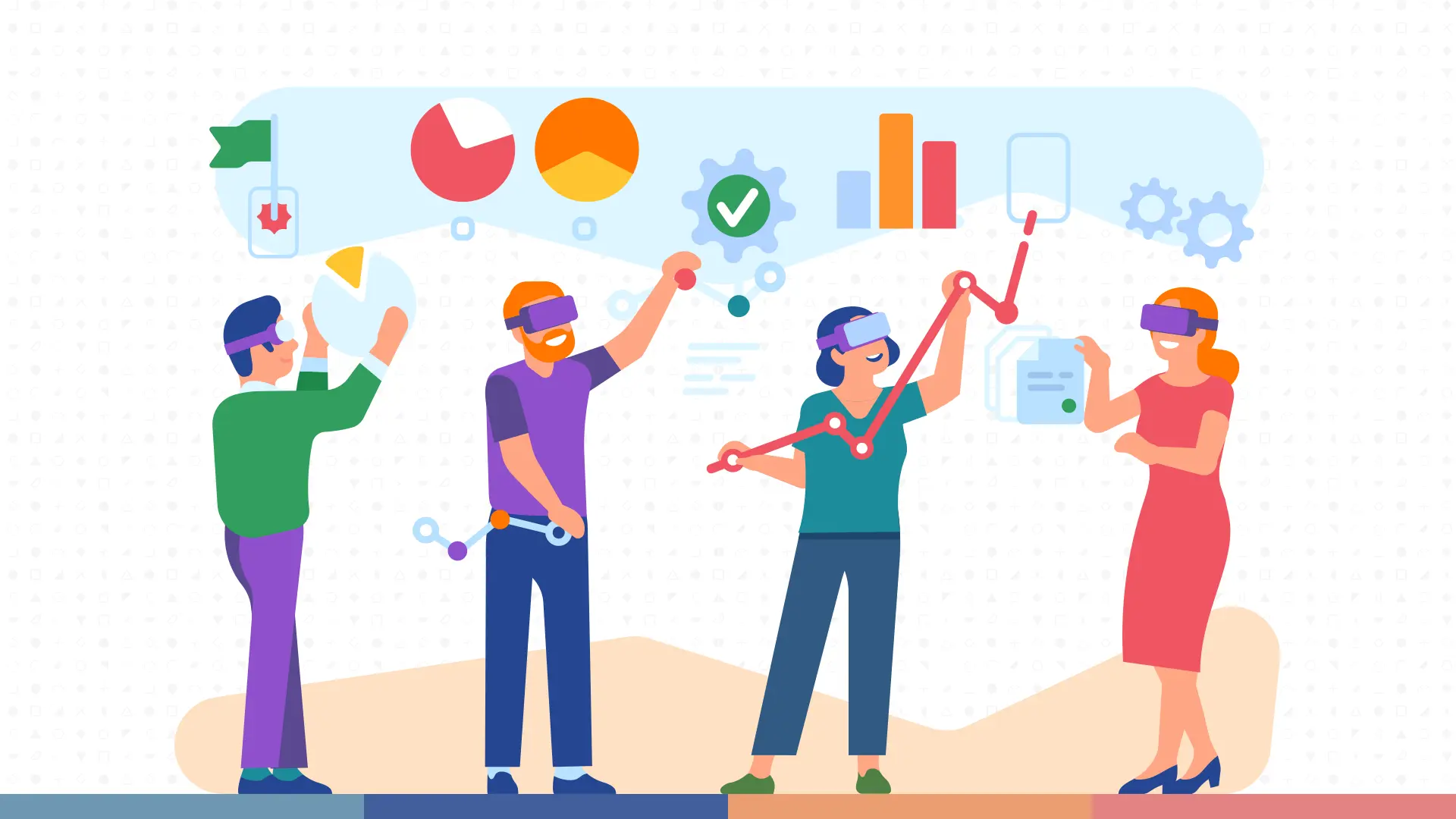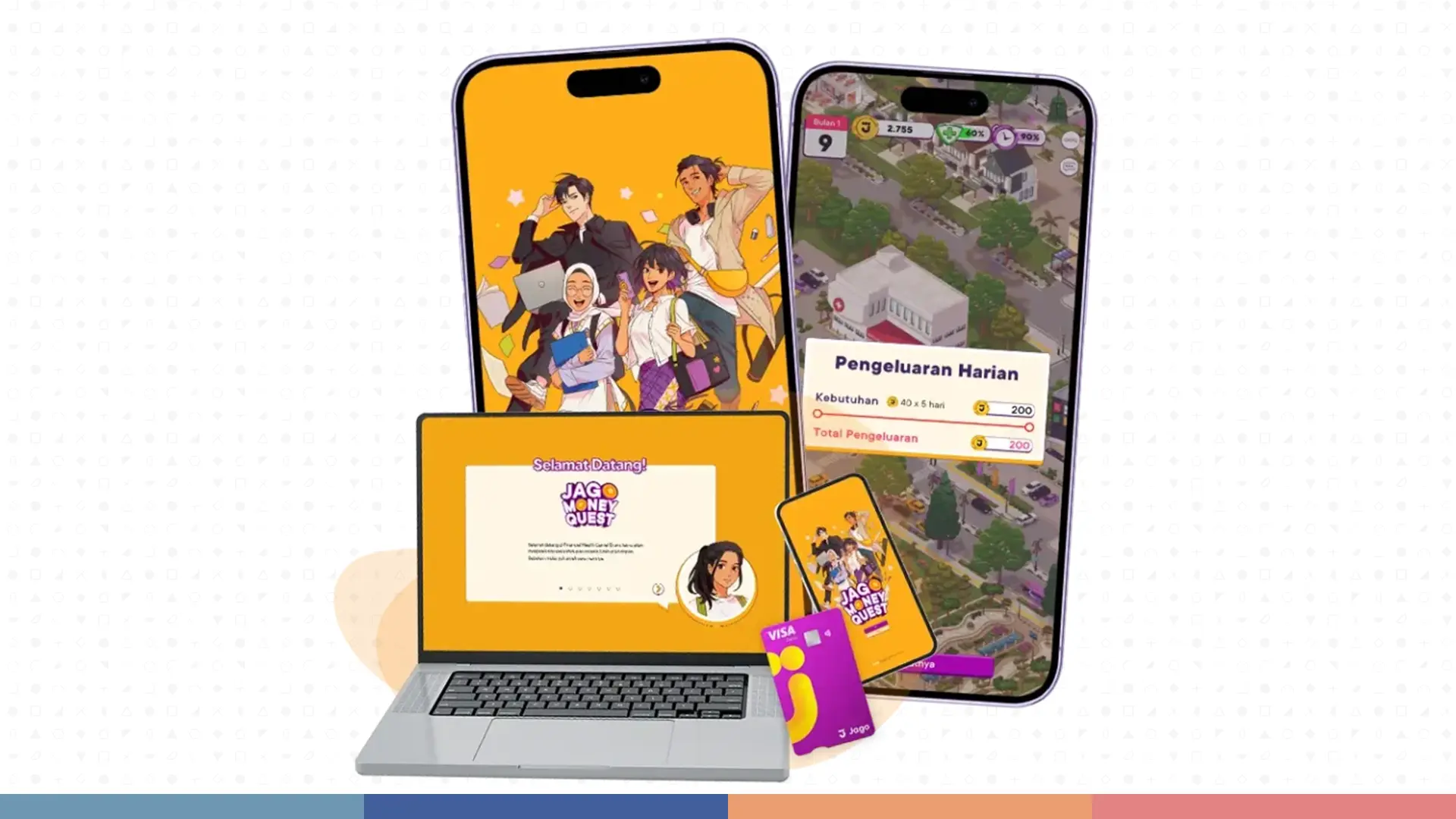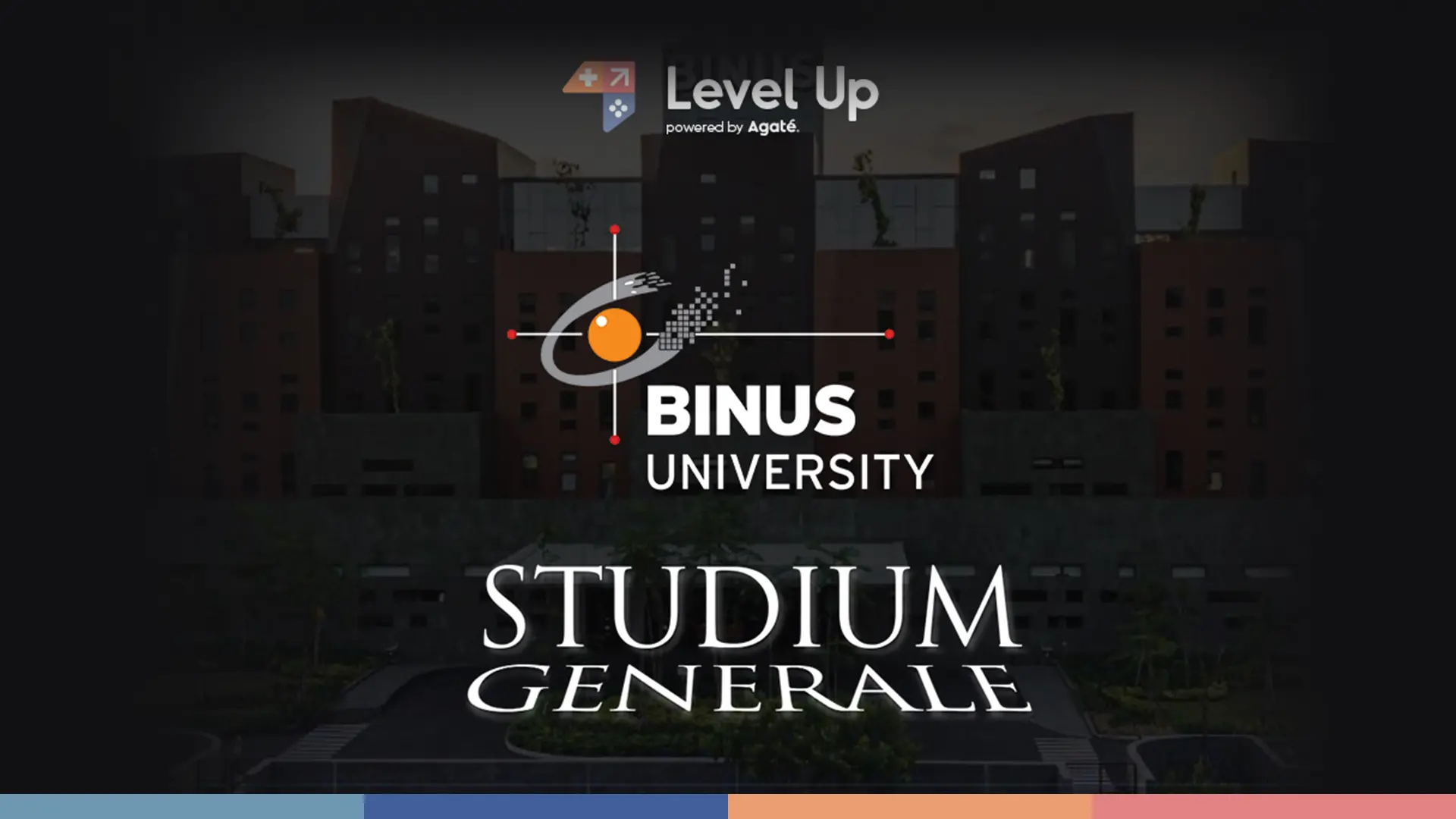Exploring the Current State of AR & VR in Education

The world of education has witnessed a significant transformation in recent years with the integration of Augmented Reality (AR) and Virtual Reality (VR) technologies. These immersive technologies have revolutionized the way students learn and interact with educational content. In this article, we will delve into the current state of AR & VR in education, highlighting their benefits, challenges, and potential applications for businesses and institutions.
The Rise of AR & VR in Education
AR and VR technologies have gained immense popularity in the education sector due to their ability to enhance the learning experience. According to a report by ClassPoint, the use of AR and VR in education is expected to increase dramatically over the next five years. This growth is driven by the increasing adoption of these technologies in various educational settings, from primary schools to universities.
Benefits of AR & VR in Education
AR and VR technologies offer numerous benefits for students and educators alike. Some of the key advantages include:
Enhanced Engagement
AR and VR technologies have been shown to increase student engagement and participation in the learning process. By providing immersive and interactive experiences, these technologies can captivate students’ attention and make learning more enjoyable.
Personalized Learning
AR and VR technologies can be tailored to individual students’ needs, allowing for personalized learning experiences. This can be particularly beneficial for students with special needs or those who require additional support.
Cost-Effective
AR and VR technologies can be more cost-effective than traditional teaching methods. For instance, VR field trips can replace expensive physical trips, reducing costs and increasing accessibility.
Challenges of AR & VR in Education
While AR and VR technologies offer numerous benefits, there are also several challenges that need to be addressed. Some of the key challenges include:
Content Creation
The creation of high-quality AR and VR content can be time-consuming and expensive. This can be a significant barrier to adoption, particularly for smaller educational institutions.
Accessibility
AR and VR technologies require specialized hardware and software, which can be a barrier to accessibility for some students.
Cyber-Sickness
Some students may experience cyber-sickness, a condition characterized by dizziness, nausea, and headaches, when using VR technology. This can be a significant challenge for educators who need to ensure the well-being of their students.
Applications of AR & VR in Education
AR and VR technologies have a wide range of applications in education. Some of the key areas where these technologies are being used include:
Simulation-Based Learning
AR and VR technologies can be used to create simulation-based learning experiences that mimic real-world scenarios. This can be particularly beneficial for subjects such as medicine, aviation, and the military.
Language Learning
AR and VR technologies can be used to create immersive language learning experiences that simulate real-world conversations and interactions.
Science and Technology
AR and VR technologies can be used to create interactive and engaging science and technology lessons that make complex concepts more accessible and understandable.
Conclusion
AR and VR technologies have the potential to revolutionize the way we learn and interact with educational content. While there are challenges to adoption, the benefits of these technologies make them an exciting and promising area of development for the education sector. For businesses and institutions looking to stay ahead of the curve, investing in AR and VR technologies can be a valuable strategy for enhancing the learning experience and improving student outcomes.
Frequently Asked Questions
Q: What are the benefits of using AR and VR in education?
A: AR and VR technologies offer numerous benefits for students and educators alike, including enhanced engagement, personalized learning, and cost-effectiveness.
Q: What are the challenges of using AR and VR in education?
A: Some of the key challenges of using AR and VR in education include content creation, accessibility, and cyber-sickness.
Q: How can businesses and institutions get started with AR and VR in education?
A: Businesses and institutions can start by exploring the various applications of AR and VR in education and identifying areas where these technologies can be used to enhance the learning experience. They can also consider partnering with educational institutions and technology providers to develop and implement AR and VR-based educational programs.
Q: How can Level Up powered by Agate help businesses and institutions with AR and VR in education?
A: Level Up powered by Agate can help businesses and institutions with marketing, increase return on investment, finding the right candidate for hiring, create a more effective assessment, and so on.
If you are interested in learning more about gamification and how it can benefit you or your organization
Check out our gamification services page and contact us today. We are ready to help you create a gamification experience that aligns with your needs and preferences.
- All Posts
- All








